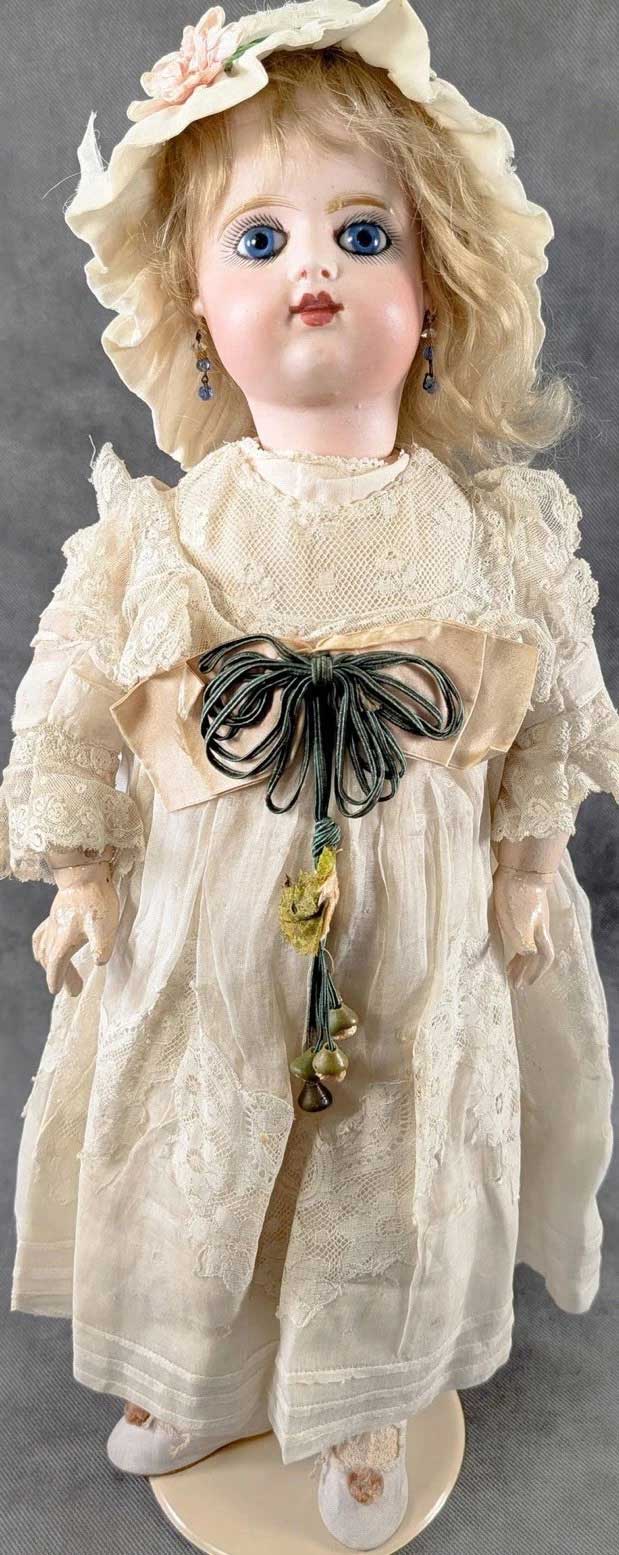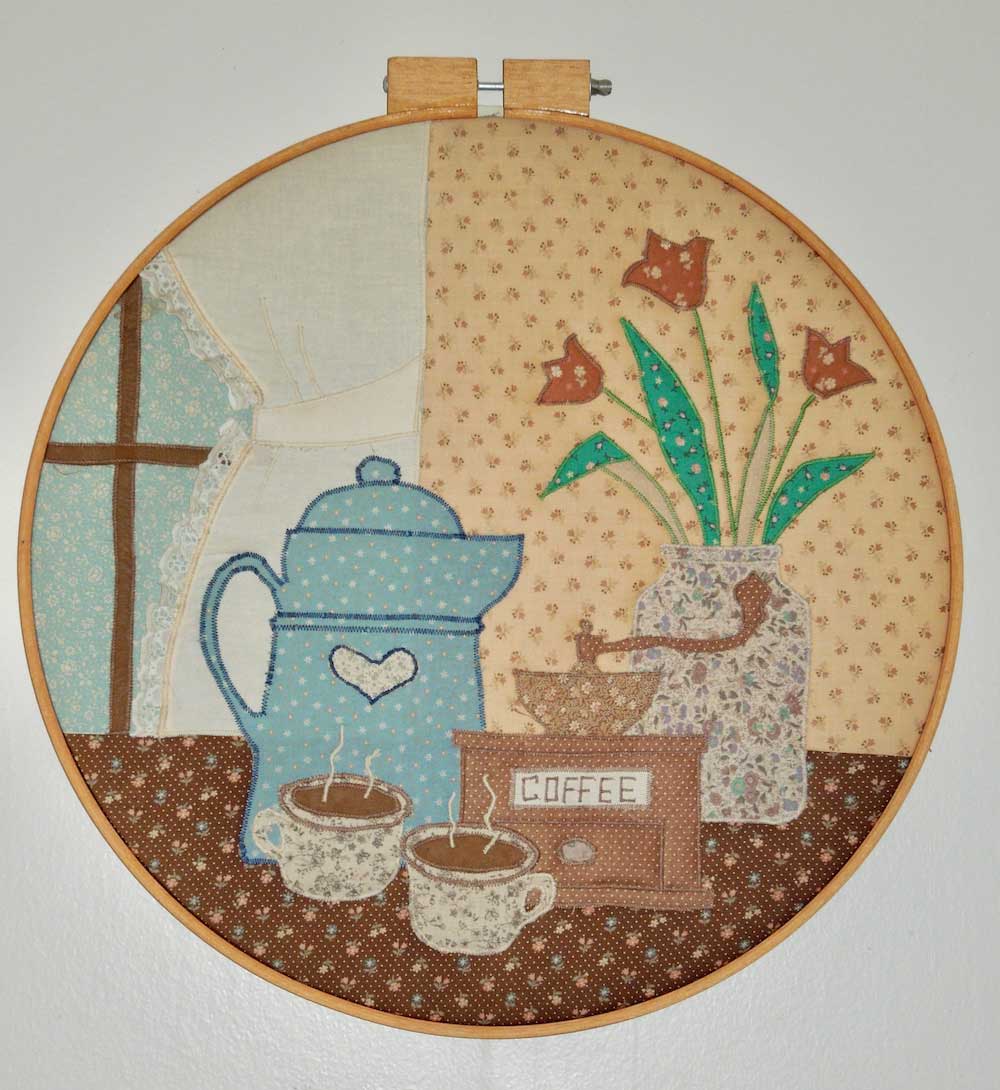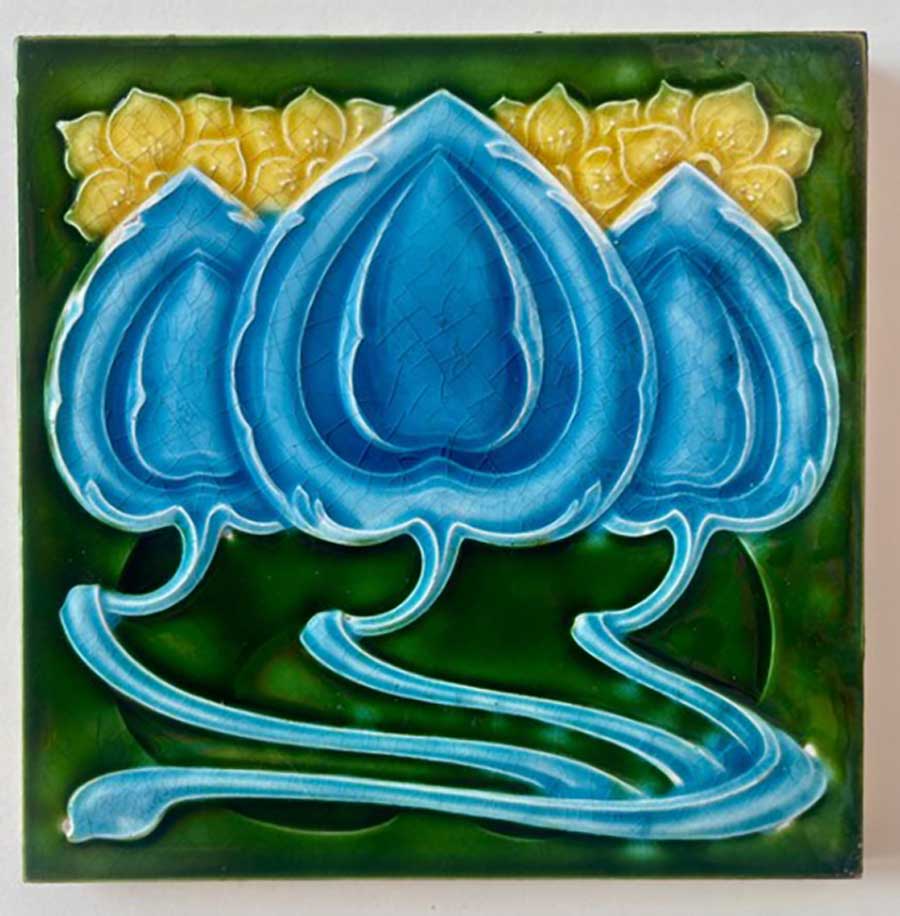All dolled up – To play or not to play
June 2025
Good Eye
All dolled up – To play or not to play
by Peggy Whiteneck
Children’s toys have been sought by adult collectors, especially items in their original packaging. For me, keeping dolls and other toys in original cardboard and cellophane is kind of a turnoff, as it subverts the very function of the item it encloses – something to be held and played with. Historically, dolls have had many functions, from child’s play to religious use – emphasis on ‘use.’
The history of dolls
Dolls date from 2000 years before the birth of Christ! Some have thought early dolls, made of various materials such as wood, clay, ivory, rags, and even corn husks, were used exclusively for religious purposes. However, dolls have been found in children’s graves “dressed in the latest fashions,” which seems to indicate that dolls also had roles in teaching and, yes, as playthings. Early cultures that had dolls included Africa, Japan, Russia, Germany, and the Netherlands. The indigenous Hopi of North America had Kachina dolls, usually made of carved wood and decorated in various ceremonial dress, that were used as messengers of gods or ancestors or as ritual items (www.historyofdolls.com).
Much later, in the late 19th and early 20th centuries, dolls became styled as “baby dolls” or as young children so that the kids who played with them could be pretend parents. Many of these dolls were remarkably accurate in their rendition of an infant’s head and facial features. Old dolls may contain a manufacturer’s mark on the back or back of the neck. (By the way, boys can play with them, too! A nephew of mine played with dolls among his “boy toys” and grew up to be a loving father of children of his own.)
African-American versions of dolls came out in the 1930s and ‘40s, but they were definitely a minority production, even by the 1980s, when I was an administrator at a rehab hospital and nursing center in North Miami. I bought dolls and other toys with funds donated by benefactors and the facility itself to be given out free of charge to adult staff, many of whom struggled to afford Christmas for their kids. I made it a point to include as many dolls as I could find with black and brown “skin,” and was deeply and genuinely annoyed to find they were so hard to find! But I kept shopping for them. More than one mother who came to my “store” became teary-eyed as she chose a doll with dark skin; more than one told me it was the first doll that actually looked like her own child that she had ever found.
And then there was Barbie (and Ken!)
There has perhaps been no bigger fad among kids or adult collectors than Mattel’s Barbie and, later, her beau, Ken. Barbie was made in a huge variety of sometimes elaborate costumes, depending on the profession she was designed to represent. These dolls came with an endless variety of accessories, from personal care items and costume changes to cars and houses. The first basic Barbie dolls from the 1960s were produced in bathing suits, with additional costumes that could be bought separately. The early Barbies were sometimes accused of fostering unrealistic and harmful body image for girls, and minor changes in the body were introduced in later versions to respond to these concerns.
Barbie was originally envisioned as a white creation. But consumers soon began asking for black and brown Barbies, and Mattel company complied.
Dolls made for adult collectors
Late in the 20th century, elaborately coiffed and dressed dolls began to be produced as collector items for adult buyers. These were mostly mail-order items advertised in magazines and were so carefully made that they would not have lasted more than a day or two in the hands of a playing child, no matter how careful the child was. Consumer taste is slow to evolve, and the feminine-gender appeal of dolls has continued throughout their history.

TThis late 19th century French doll made by Francois Gauthier (marked FG on back of neck) sold on eBay in May 2025 for $2,171.25. She was not the most expensive doll sold recently on eBay; several sold higher, including a Bru Jn-marked doll that sold in late April for $12,000! The highest-priced antique dolls seem to be in barely-played-with condition with very minor flaws.
Peggy Whiteneck is a writer, collector, and dealer living in East Randolph, VT. If you would like to suggest a subject that she can address in her column, email her at allwritealready2000@gmail.com.





